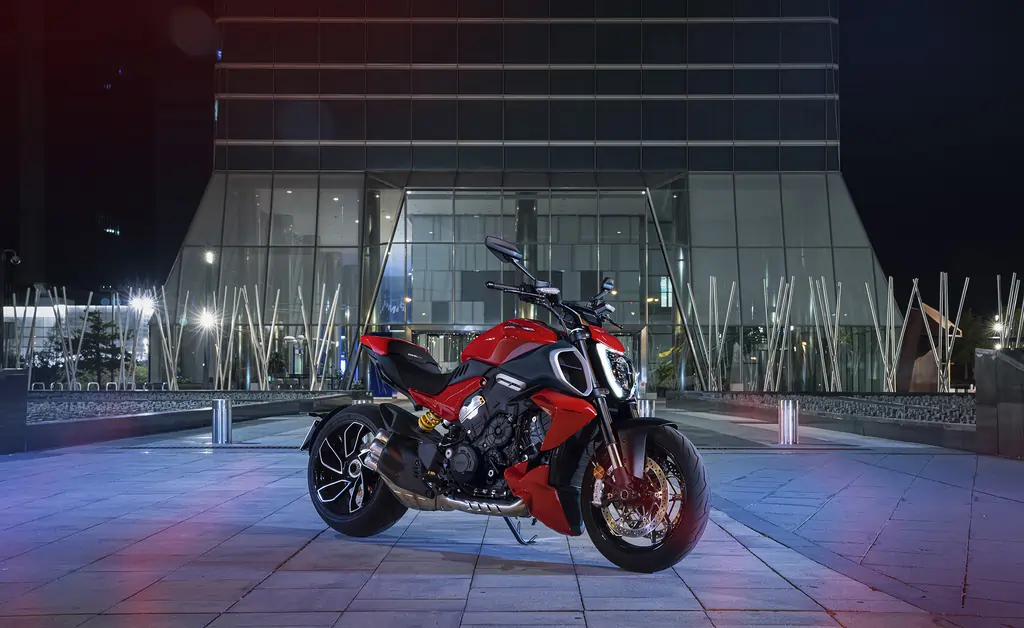
Power, prestige and panache: The evolution of Ducati
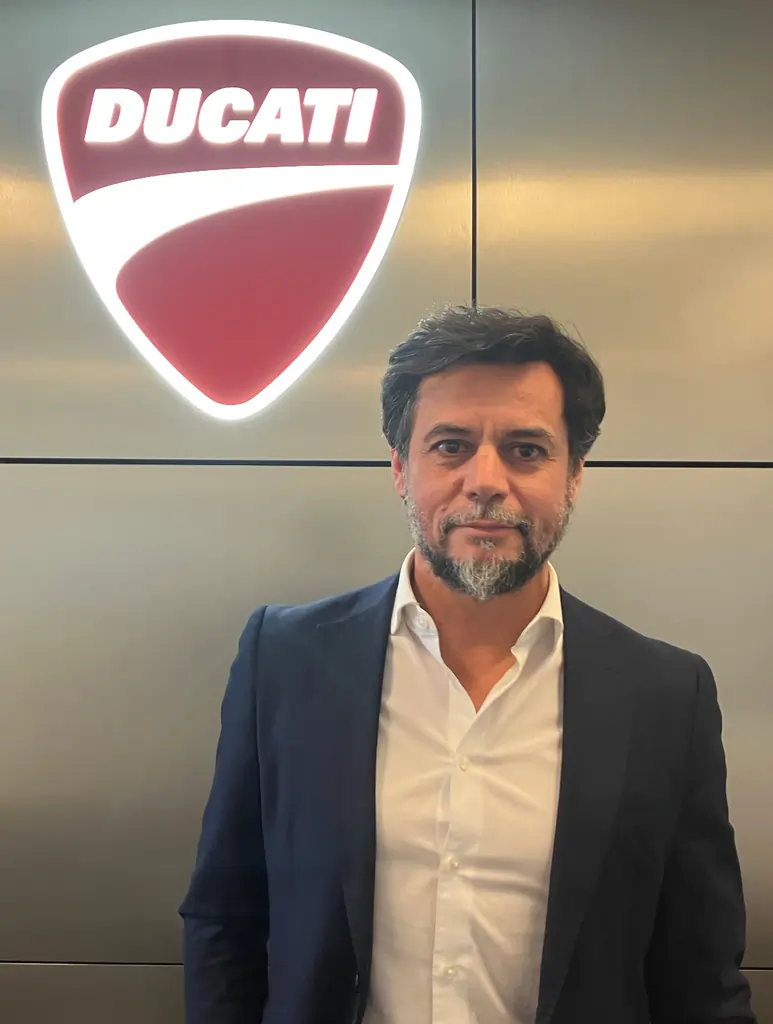
As the awe-inspiring Ducati Diavel V4 Granturismo 2023 – the latest thoroughbred cruiser to storm out of the marque’s Italian stable – stampedes through spectacular launch events across the world, two questions linger on in everyone’s mind: How did a small company, initially created in a basement in Borgo Panigale, central Bologna, become one of the most famous motorcycle manufacturers of all time? And how did it progress from making a small electrical condenser to collecting an enviable number of race victories and world titles and producing much-coveted luxury superbikes?
In 1926, the three Ducati brothers – Adriano, Bruno and Marcello Cavalieri Ducati – founded Società Scientifica Radio Brevetti Ducati, a company dedicated to producing electrical condensers. Inspired by the genius of the famous fellow Italian Guglielmo Marconi, the three young entrepreneurs set up a small laboratory in the heart of Bologna, later choosing Borgo Panigale as the location for a building that would become one of the jewels in the crown of Italian industry.
After the Ducati factory was destroyed in a Second World War bombing raid, the brothers realised that Italy needed new modes of transport to help mobilise the nation. Their answer was the Ducati Cucciolo or the ‘puppy’.
The Cucciolo represented Ducati’s first steps into the world of motorcycling. Small and reliable, the Cucciolo was a symbol of the Italian post-war renaissance. By 1946, production was underway, and by 1949, Ducati progressed to its first ‘real’ motorcycle – the Ducati 60 – which was soon joined by the Cruiser, the first scooter in the history of Italian motorcycling to have an automatic gearbox.
Desmo tech
In 1956, the celebrated automotive engineer Fabio Taglioni took a technical solution that had already proved successful for Mercedes and its winning Formula 1 cars of 1954 and 1955 and integrated the Desmodromic system into a motorcycle for the very first time. The system controlled the closing of the valves mechanically – without relying on classic springs – using a sophisticated system of camshafts and opening and closing rocker arms. Victorious upon its debut in 1956 with the Ducati 125 Desmo, the ‘Desmo’ technology continued to be developed and refined and became one of the key features of Ducati motorcycle engines.
Often referred to as the ‘Ferrari’ of the motorcycle world, Ducati tapped the design expertise of the Turin-based design boutique Pininfarina, which also helped shape models from the maker of the Testarossa and the F355. Yet, Fabrizio Cazzoli, Head of Ducati North Europe, is keen to stress the two-wheeled marque’s distinction from its four-wheeled neighbour in Maranello. He says: ‘Ducati prides itself on its own unique identity. Ducati doesn’t associate with a specific car brand although we have worked closely with Lamborghini in recent times on various projects. We are on our own mission to convey our values of style, sophistication and performance in our motorcycles and in everything we do.’

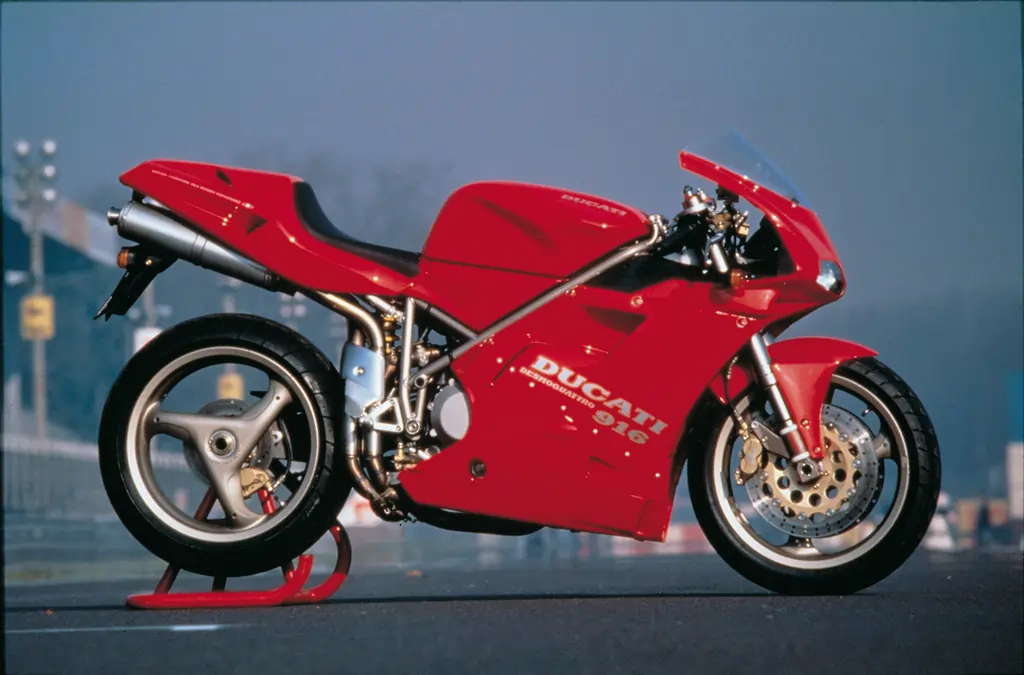
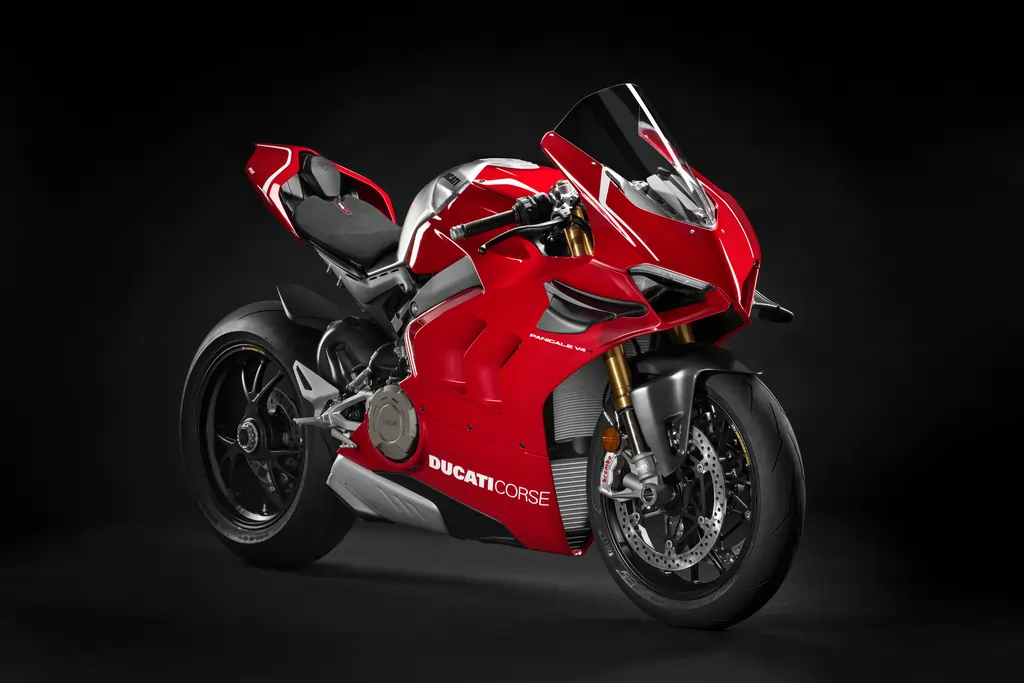
Form follows function
Fast forward to the 1990s, the decade that signified a turning point for Ducati. In a period characterised by financial turmoil, Ducati passed from the hands of the Cagiva Group to those of the investment fund, Texas Pacific Group.
Subsequently under the control of the investment group Investindustrial, owned by the Bonomi family, Ducati was purchased by Audi, part of the Volkswagen Group, in 2012 for a rumoured $1.12 billion.
Buttressed by the backing of the world’s second biggest car manufacturer and emerging strong from its successes during the first years of Superbike racing championships, the company put in the experience gained from racing into the production of two iconic motorcycles, the Monster and the iconic 916.
The last decade of the 20th century also saw the creation of Ducati Corse, Ducati’s dominant racing division which first competed in the World Superbike Championship before making a debut in MotoGP and subsequently winning their first world title in 2007 with Casey Stoner.


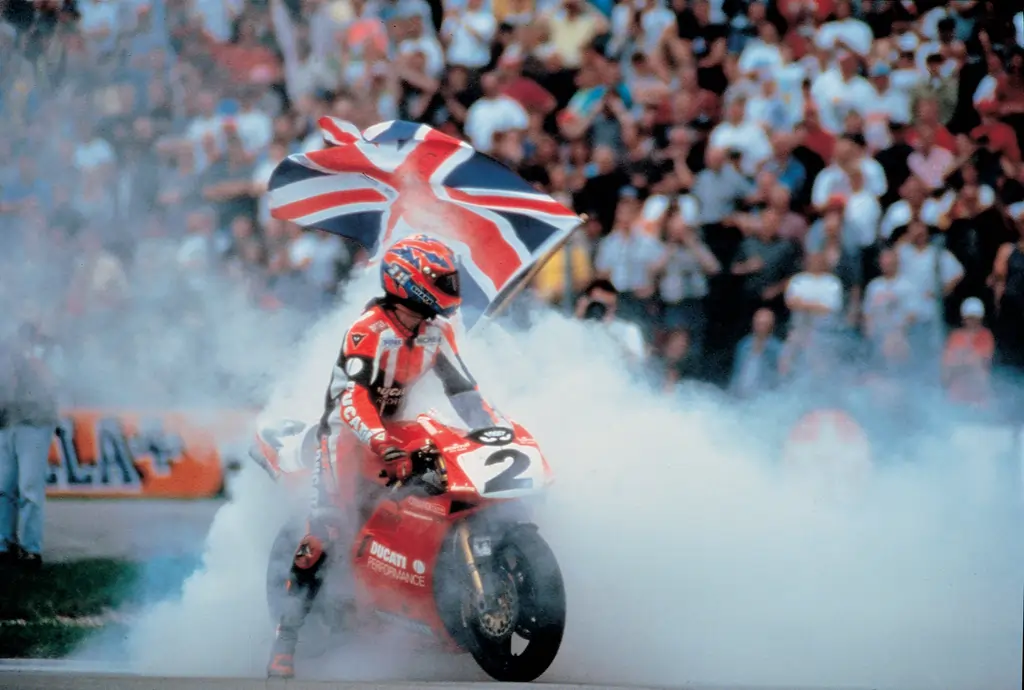
Design icon
In October 1993, Ducati left everyone speechless when it presented the 916, with lean, nimble, powerful lines drawn by Massimo Tamburini – also known as ‘Maestro’ – still current today in their synthesis of beauty and effectiveness according to the concept of ‘form follows function’ whose descendants are recognisable in the Panigale models.
With a completely revised chassis and highly evolved Desmoquattro twin-cylinder, the 916 dominated all the Formulas in which it raced. As years went by, the displacement increased. In 1998, Ducati launched the 996, the name with which an epochal model such as the 996 R made its debut in 2001, powered by the first 998 cc Testastretta whose heirs can still be found today in the twin-cylinder models of the Ducati range.
In 2002, the 996 gave way to the 998. In its standard version, the Ducati superbike went from 114 horsepower of the first 916 to 123 of the 998. The Ducati 916, however, is the most successful of the Ducati superbikes: between 1994 and 2003, with its 916, 996 and 998 versions, it won eight world titles (including four with ‘King’ Carl Fogarty) and 122 races and took its riders to the podium on 311 occasions. The 996 R characterised the stellar racing career of Troy Bayliss, the other great Ducati Superbike legend.
By 2012, the Panigale family established new benchmarks in technology, style and performance. With the Panigale, Ducati introduced the 90° V-twin Superquadro engine built with the desmodromic distribution with mixed chain/gear control, ride-by-wire engine management, Öhlins electronic suspension and an aluminium monocoque frame with an integrated airbox.
Finally, the style continued elements of the Ducati tradition by modernising themand defining a line – that of the Panigale family – recognized as a work of art and awarded with the Compasso d’Oro in 2014.
The 1299 evolution in 2015 made the Panigale take another step forward. With the 2015 model, the name of the ‘R’ version also changed, becoming Panigale 1199 R, to indicate how the displacement of the racing model remained linked to the regulatory limit.


goTOzero
Ducati is mindful of the impact carbon emissions have during the fabrication and riding phases. Cazzoli contends that over 90 per cent of Ducati motorcycle parts are recyclable. He adds: ‘We have a strategy and a focus aiming towards becoming a fully sustainability-oriented company. Our Group Mission Statement Environment is called “goTOzero” and concentrates mainly on the four fields of action (climate change, resources, air quality and environmental compliance) providing strategic orientation for the numerous environmental programs at group and brand levels.’
With regard to climate change, Ducati’s goal is to become a carbon-neutral company by 2050. Evidence of this commitment is indicated by World Ducati Week, the only event in the motorcycling world that has earned the ISO 20121 sustainability certification. It has even unveiled the technical details of the V21L prototype, its first electric motorcycle.
At the end of 2017, the most revolutionary Panigale ever arrived on the scene. Preceded by the presentation of its V4 Desmosedici Stradale engine, the Ducati Panigale V4 was unveiled, powered by the 90° V4 with MotoGP-derived Twinpulse timing and counter-rotating crankshaft capable of 214 horsepower and 13 kg-m for a power-to-weight ratio of 1.1 hp/kg.
The chassis saw the introduction of the Front Frame, which continued to use the engine as a stressed element. With the 2020 model came the aerodynamic package based on the winglets introduced by Ducati for the first time in MotoGP in 2016, and the 2021 version further refined the electronics.
The 2022 model again moved the performance bar upwards, with an even more sophisticated electronic management, a more effective chassis, ratios borrowed from the Panigale V4 R and a more efficient aerodynamic package. The Panigale family has notched up a total of 219 podiums over the course of its 10 years of racing competition, including 70 victories.
As for the (relatively eye-watering) £23,595 starting price for the Diavel V4, Ducati’s Cazzoli effectively responds with the standard ‘you get what you pay for’ refrain: ‘Exceptional models command a premium price due to their unique technical specifications and strong brand image.’
Further information
ducati.com
